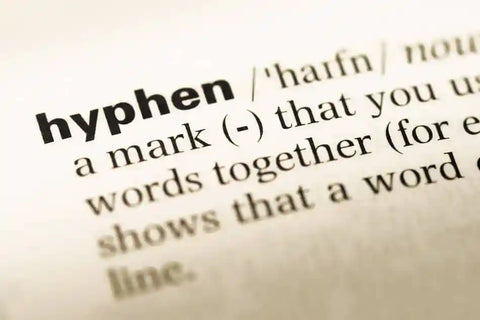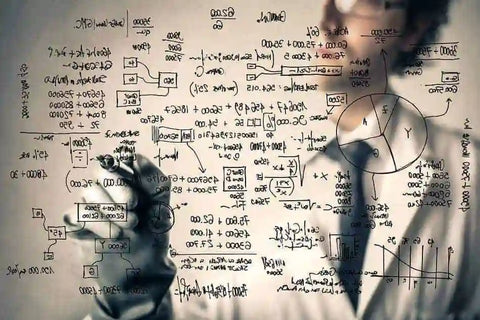Using Apostrophes in Contractions and with Letters, Numbers and Symbols
Although the most common use of apostrophes in the English language is to form the genitive or possessive case of nouns, there are other valid uses of this tiny but important piece of punctuation. Apostrophes are also used to form contractions, which are words in which certain letters are omitted and each omitted letter is represented instead by an apostrophe.
Many contractions should not normally be used in the running text of formal scholarly prose. ‘It’s’ for ‘it is’ or ‘it has,’ ‘she’s’ for ‘she is’ or ‘she has,’ ‘I’ll’ for ‘I will,’ ‘don’t’ for ‘do not’ and ‘wouldn’t’ for ‘would not’ are good examples of informal contractions that are common in casual speech, but best avoided in academic or scientific writing. The same principle applies to those of a similar nature that are formed irregularly, such as ‘won’t’ for ‘will not’ and ‘ain’t’ for ‘am not,’ or that are so altered from their original form that no apostrophe could be appropriately placed: ‘gonna’ for ‘going to,’ for instance, and ‘wanna’ for ‘want to.’ Such contractions can of course be used whenever you are quoting direct speech or informal texts, in which case their use is a matter of accuracy and linguistic flavour, and other contractions that are basically archaic (th’, ev’ry, o’er, ’tis, learn’d etc.) can still be used when quoting early sources or poetry. There are some contractions that are acceptable for wider use, however, with examples including ‘rock ’n’ roll,’ ‘dos and don’ts,’ ‘bo’sun’ and ‘ma’am.’
As the examples I have presented above demonstrate, the spacing around the apostrophes used to form contractions matches the spacing that would have been used around the letters that have been replaced. This means that no spaces appear around an apostrophe if a letter is omitted mid-word, but a space should appear before the apostrophe if an initial letter is omitted (they say ’tis him) and after the apostrophe if a final letter is omitted (th’ ancient one). Apostrophes indicating an initial omitted letter can be tricky to produce in some software programs. Microsoft Word, for instance, will automatically change an intended apostrophe (’) at the beginning of a word into an opening single quotation mark (‘), which curls in the opposite direction, so do watch for that if you are using such contractions in your writing. If the program refuses to produce the correct mark, type two apostrophes in a row and the second will be the right shape – simply retain it and delete the first one. Finally, no apostrophe is necessary to indicate the missing letters in contractions now accepted as words in their own right, such as ‘phone’ (for ‘telephone’), ‘flu’ (for ‘influenza’) and ‘nineties’ (for ‘nineteen nineties’).
Although apostrophes are not normally used to form the plurals of nouns in the English language, they can be used in certain circumstances to increase clarity when letters (particularly lowercase letters), numerals or other symbols are discussed as objects. Examples include ‘the three R’s’ as an alternative to ‘the three Rs,’ ‘four 9’s’ instead of ‘four 9s’ and especially ‘cross the t’s and dot the i’s,’ which is much clearer than ‘cross the ts and dot the is.’ In fact, if the apostrophes are not used in this last example (and similar constructions), the letters ‘t’ and ‘i’ (but not the ‘s’ after each) should be set in either italic font (which does not show up in most posts, so I am not able to give you an effective example for this) or quotation marks (cross the ‘t’s and dot the ‘i’s) to distinguish them from the surrounding text.








